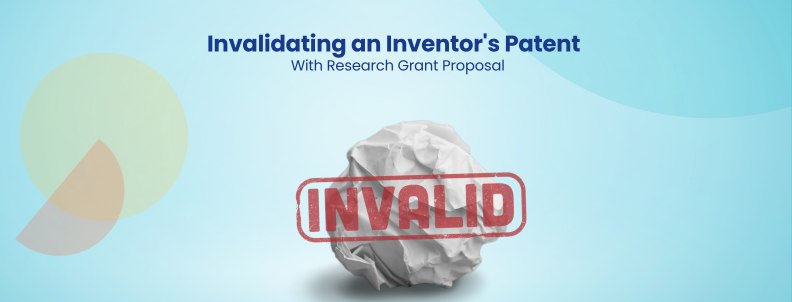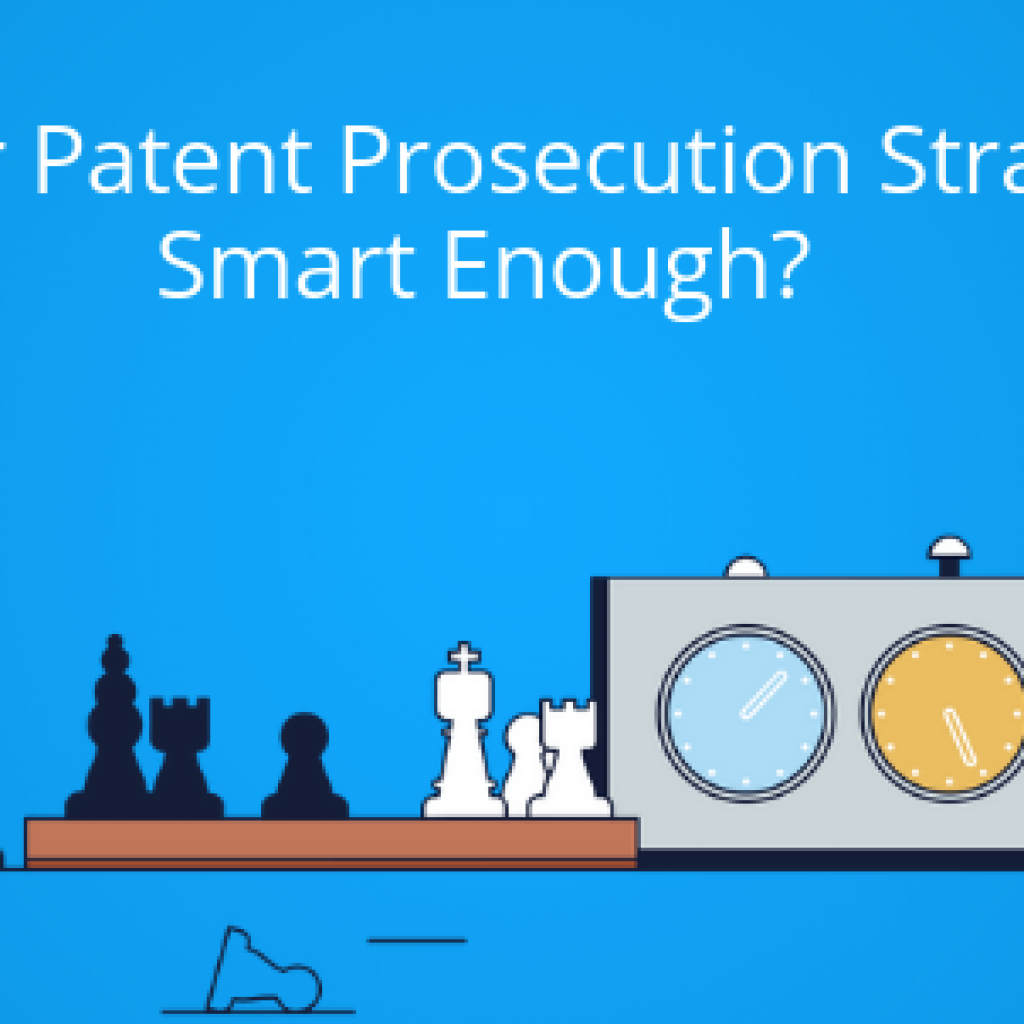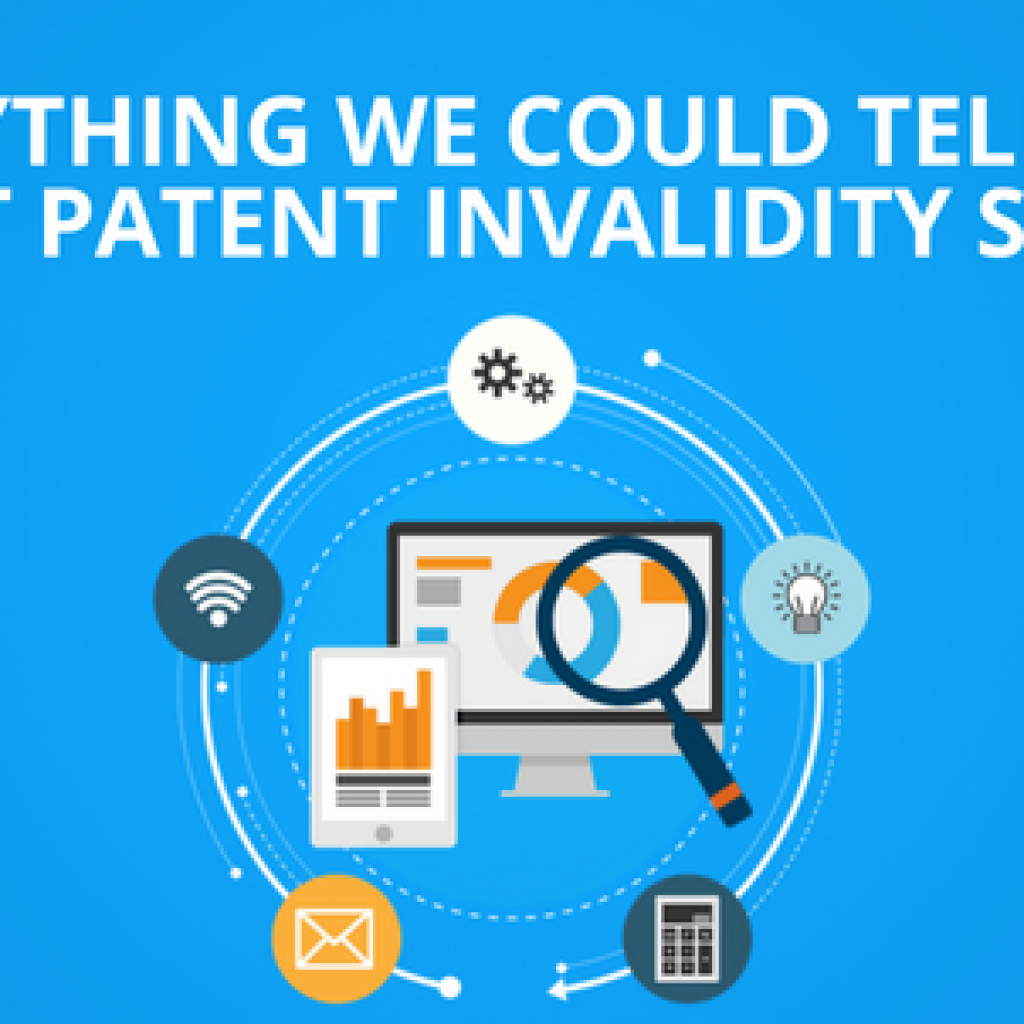This is the story of a project that challenged me to invalidate a patent by one of the pioneers in the field of next-gen gene sequencing with over two decades of research under his belt.
It was a typical day for me. I had successfully completed a project the day before, woke up refreshed, and headed to the office. As soon as I logged in, I noticed a patent invalidity case request waiting for me in my inbox. At the time, I had no idea this project would be different. Every route seemed to lead back to the inventor himself, and I finally had to take an unconventional road to solve it.
And despite the complexity, I managed to crack the case. Well, here is how.
Background About The Patent Invalidity Case
As I reviewed the patent, I learned that its technology involves identifying the location and sequence of a gene within a cell or tissue sample. What’s unique about this patent is that it performs this process in situ, meaning the cell remains intact. Typically, we extract DNA/RNA from the cell for sequencing, so this approach was unusual.
Such a technology would allow the diagnosis of different types of mutations within a cell. Further, researchers can use this technology to track and map similar or different types of mutations throughout a tissue section without the hustle of processing a tissue or cell sample (e.g., cellular disruption, DNA/RNA isolation, processing, etc.).
The inventor of this patent was affiliated with a university. (The significance of this will become apparent as we continue with the case study.)
The Maze Of Backward Citations
The major challenge here was the plethora of backward citations, many of them authored by the inventor, meaning they had done their homework. This meant I would need to dig deeper than usual to find fresh and better prior art.
Having foreseen this, it wasn’t a surprise that the applicant had already cited most of our preliminary results. By the time I had used up more than 60% of my efforts, nearly exhausting my targeted search strategies around next-generation sequencing, immunohistochemistry, in-situ sequencing, and spatial arrangement preservation for in-situ sequencing, I was almost certain that patent literature wasn’t going to yield anything promising.
From there onwards, I shifted my search focus majorly towards non-patent literature – research articles, conference proceedings, publicly available dissertations, you name it. However, it came with a caveat: almost every lead I followed again looped back to the inventor’s laboratory.
How Research Grant Applications Came Into Play?
By now, I had realized that the pioneering work in this domain might have risen from the inventor’s lab. And while such situations often result in dead ends, I had a feeling that this work would not just magically appear directly in patents. From experience, I knew that university-affiliated inventors often hint/foreshadow their ideas in research publications, conferences, or dissertations of their students.
Thus, I decided to investigate every research from the inventor’s laboratory thoroughly. Still, none of the identified materials seemed usable. Some results only partially overlapped as they generally described conventional immunohistopathological concepts that seemed trivial for the scope of the search, while others overlapped with the patent’s grace period, rendering the prior art unusable against the subject patent.
Not giving up, I decided to go a step further and started exploring every research proposal submitted by the inventor to different funding agencies, including the National Institute of Health (NIH), the European Molecular Biology Laboratory (EMBL), the European Commission, and the European Research Council.
These research proposals, also referred to as “Research Grant Applications,” are filed before starting with the R&D on a particular technology, along with some preliminary research findings to show the viability of a research project. And unlike other publications and research articles, Research grants are not generally indexed and must be checked manually on dedicated databases like NIH.
In a few hours, I came across a research proposal submitted to NIH by the inventor for a research grant – where the technology in question was briefly explained in the methodology section of one of the Aims:
This was no less than a gold mine, as this seemed to be the blueprint of in-situ molecular diagnostic, in which such sequencing seems to be a major step. Not only was the methodology explained diagrammatically, but the key aspect was also covered as step (b) in the diagram’s legend.
I discovered that the research grant application did not have a publication date that overlapped with the grace period for the subject patent, making it a valid prior art.
This case was one of a kind. I had to go beyond the clinical trials, which is not a common practice in patent invalidity searches. If I have to put it into better terms, understanding the ecosystem of this technology has to be the driving force that helped me go way back to the inception of the tech and crack this patent invalidity search case.
When the stakes are high and the results seem impossible, digging deeper is paramount, just as I did. Consequently, if you are facing difficulty proving the invalidity of a patent, GreyB’s prior art search expertise is the solution you need.
Take advantage of it by clicking the button below.
Authored By: Sumit Singh, Prior Art Team
Edited By: Annie Sharma, Marketing Team











